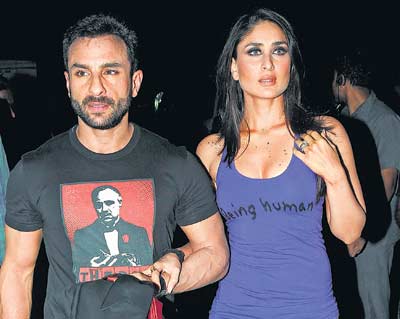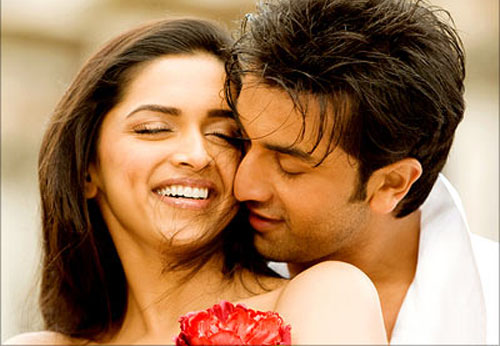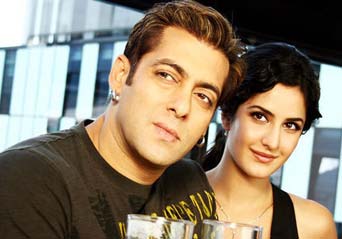
From the time we have started living in civilized society, the concept of marriages has changed several times. The changes were always gradual and were not readily accepted by the society.
The system of marriage in India has changed from Swayamvar to arranged marriages, and from arranged marriage to love marriages over the years. So should we assume that the next phase of committed relationship in our society will be live-in relationship?
Although live-in is quite a common concept in the West, it is still setting foot in the east. In India it is still quite a distance away from getting accepted by the society. But the new generation seems to be impressed by this concept, as it emphasizes on the rational approach of checking compatibility of couples before taking the final plunge.

If we look through the legal definition of live in relationship is “an arrangement of living under which the couples which are unmarried live together to conduct a long-going relationship similarly as in marriage to test their compatibility for each other before going for any commitment”.
But if we see this concept in Indian perspective where marriages are valued as sacred both socially and practically, and as our society still thinks that living together without marriage is illegal and unethical despite the Supreme Court’s diktat making live-in relationship equivalent to marriages.
But, on the other hand, there are youth who are increasingly attracted towards live-in relationships.
Smriti K, 25, an analyst at a reputed IT hub, says: “Given a chance I would love to live with my boyfriend as I can get know him better and also we can start learning how to share finances”.
But there are also youngsters like Varun Sesodiya, a management student, who believes that live-in relationship is a good concept, but “I will go for live-in only if I am abroad,but not at all in India”.

But there are youngsters who want to view it as a question of morality and consider any relationship prior to marriage a taboo. M. Venugopal says: “I only believe in the institution of marriage and would never opt for living with my boyfriend before marriage”. Echoing similar opinion, Kriti, a journalism student in Manipal, adds: “I would never live with the person whom I love as I will get bored with him before marriage only, so I want to keep sanctity of my married life”
The votaries of live-in give the following reasons in support of their argument:
it allows you to find out the compatibility between you and your partner, without marriage.
2. Live-in can get you a chance to know your partner inside out as during normal dating phase, people don’t show their true colours.
3. Live-in serves as the perfect rehearsal for a married life, if you have decided to get married after live-in.
The arguments against the live-in are as follows:
As we all know that over familiarity with any strong bond as marriage can be extremely detrimental which may lead to hatred between people.
So in live-in if your partner gets bored of you and decides to move on to start a new life, as living together with your partner may fade your tender love during initial stages of dating and may lead to separation before your marriage only.
The very fact that separation is too easy, the live-in relationships are prone to end prematurely.

For avoiding ineffective live-in relationships and for couples who are confused about getting married before or during live-in relationship, here are few suggestions which will help them to take some better decision -
• Take decision to live-in with each other seriously and with great care thinking about pros and cons of live-in together.
• One should be very clear about his/her expectations from each other before them going for living-in together. Clear that, Why are you going for live-in relation?
• Finally if you are deciding to go for marriage after live-in discuss with each other about what will change and what will not after marriage.
• Listen to your heart and go for a decision for which you should not blame anybody in future. Try to draw a thin line to know that where you have to be emotional and where to be rational.






Comments
Add new comment